The following post was provided by B-TEK Scales, our featured manufacturer this month. From load cells to truck scales, B-TEK has you covered. B-TEK’s multi-generational, highly trained staff of sales professionals, distributors and manufacturing professionals are here to assist you with all your weighing needs.
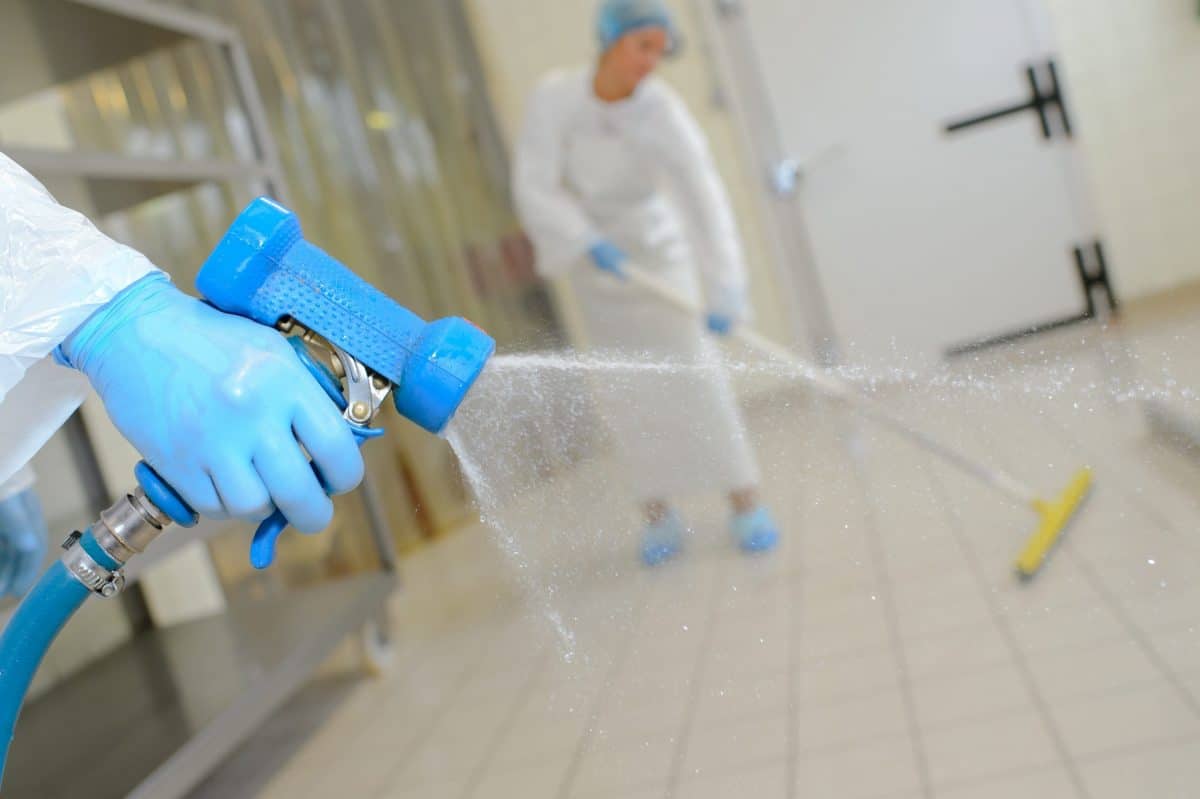
Washdown Safe Scales – How to Improve Your Washdown Process
Quality industrial weighing equipment is important for a wide variety of applications in the food and beverage industry. While many of these applications call for higher precision, these scales also need to have certain protection measures in place to ensure day-to-day safety for the technicians who are maintaining them.
As you can imagine, the food industry has extreme but necessary hygienic standards that require frequent cleaning of equipment. The scales being used must be washed many times a day to avoid contamination. The same is true of pharmaceutical and medical environments, which need to be washed down to maintain clean and sterile rooms. For these purposes, “washdown scales”, or scales manufactured to withstand frequent water application are a necessity. The washdown process of a floor scale can be tedious and time-consuming, which is why a close look at the process is essential.
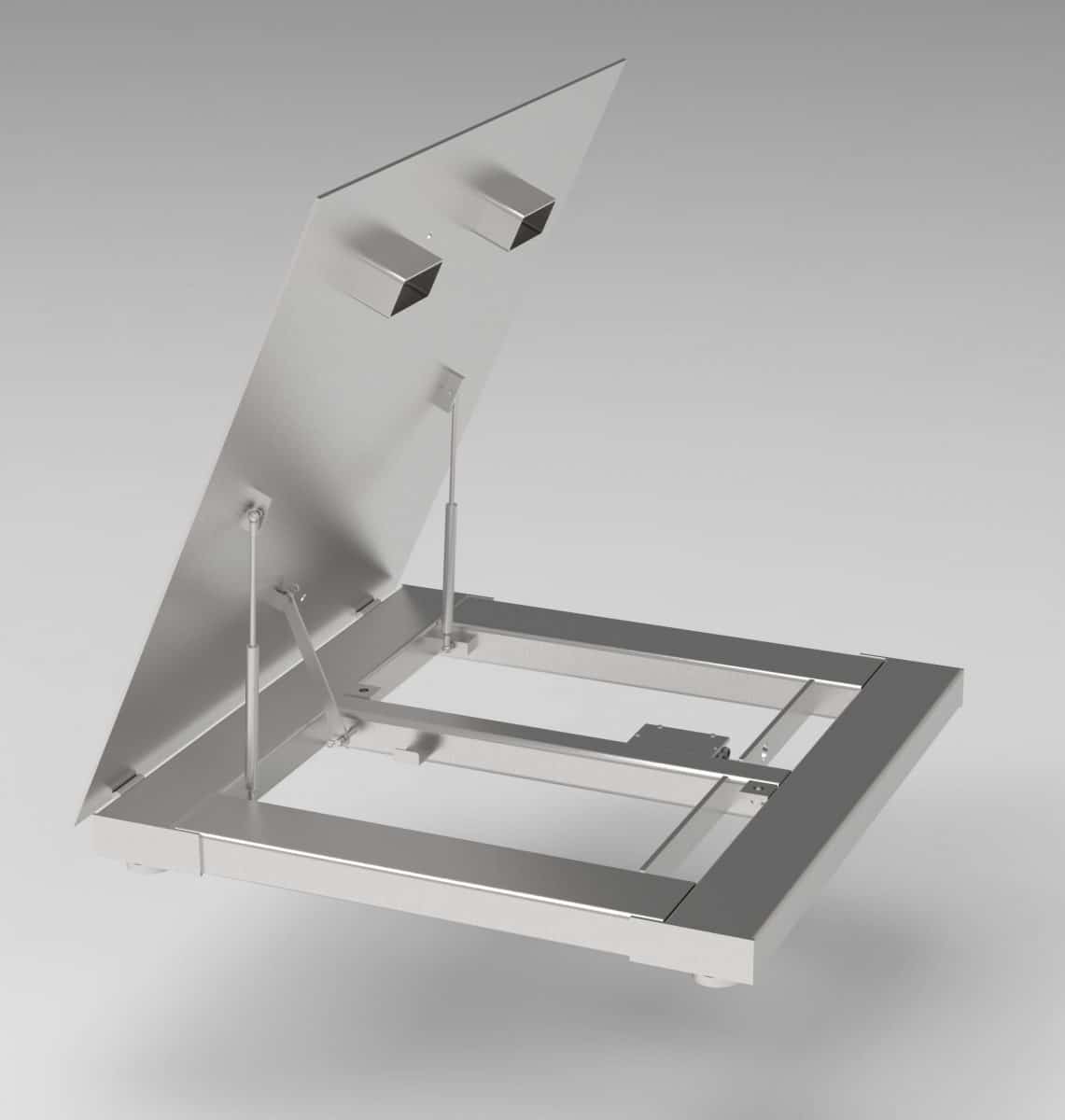
How Much Your Washdown Scale Can Handle
The IP rating of your washdown scale stands for Ingress Protection rating. This rating is key, and lets you know exactly what environmental factors your washdown scale was designed to handle. An IP rating is used to define the levels of sealing effectiveness against moisture, dirt and other foreign bodies on electrical enclosures. These ratings will specifically indicate how much resistance there is to water and water pressure, which makes washdown scales with a higher IP rating ideal for wet environments. These washdown scales are manufactured as bench scales, floor scales and retail scales.
When scales require frequent cleaning there is also a lot of handling of the scale itself. Regardless of the type of scale (floor scale in a pit, above ground, or axle weighing scales), all should be frequently maintained by going through a thorough washdown and cleanout process, especially any scales that are weighing food. Maintaining hygiene and compliance is crucial to day-to-day efficiency when producing high quality products.
The Washdown Process for a Washdown Floor Scale in a Pit
Just as processes and technology have evolved through the years, maintaining scales is no different. Servicing and cleaning floor scales the traditional way is no longer effective in creating an efficient and safe environment for technicians. Traditional washdown scales consisted of a thick piece of tread plate welded to structural channel that had to be lifted to clean underneath, which was not an easy task. With these traditional washdown scales, a technician had to lift the scale every time to achieve a thorough cleaning. In fact, in many cases, a crane was required to allow the technician to lift the entire scale out of the pit.
This is also a safety concern because the technician would have to clean out the pit under the scale while the washdown scale was hanging above. If the weights or measurements being produced by the washdown scale consisted of food products, the cleaning and sanitizing needed to be completed on a regular schedule, which could be as often as once a month.
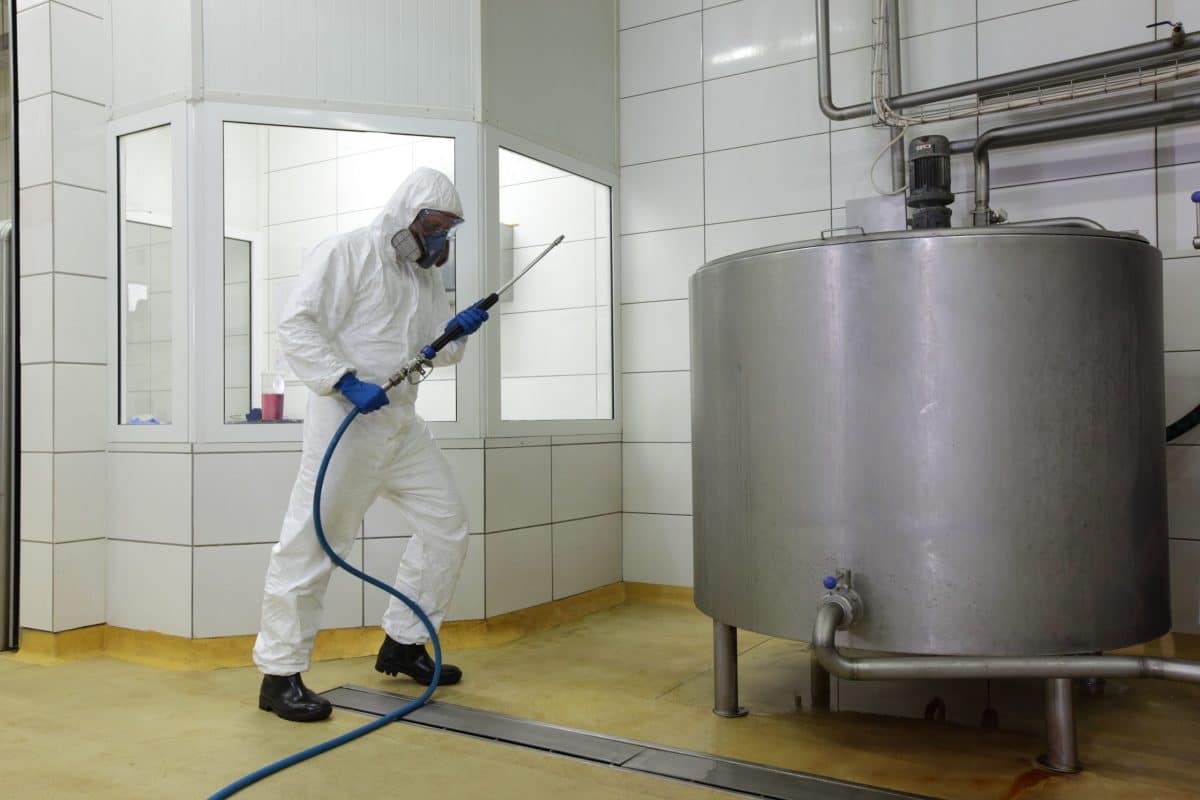
New Technology Makes Washdown Scales Even Easier to Manage
By leveraging the current-day design of Lift Deck Washdown Scales, the washdown process is much safer & more efficient for attending technicians. Lift Deck Washdown Scales allow technicians to remove the tedious part of a scale cleaning or washdown by following these steps:
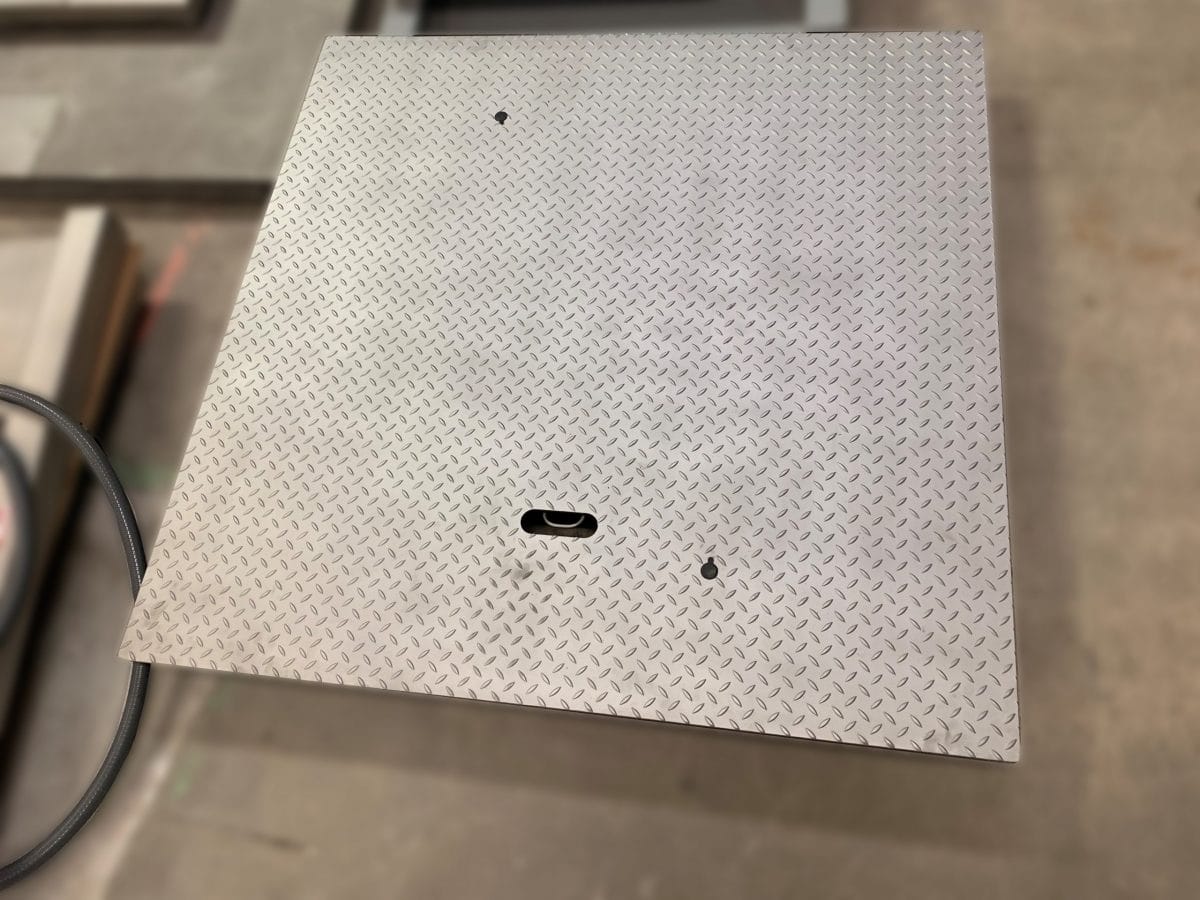
1. Unplug and check the washdown scale cables
The technician should unplug the indicator, so the load cells and indicator are not damaged. The scale should also be examined before pressure washing to make sure there aren’t any bare wires or cut cables.
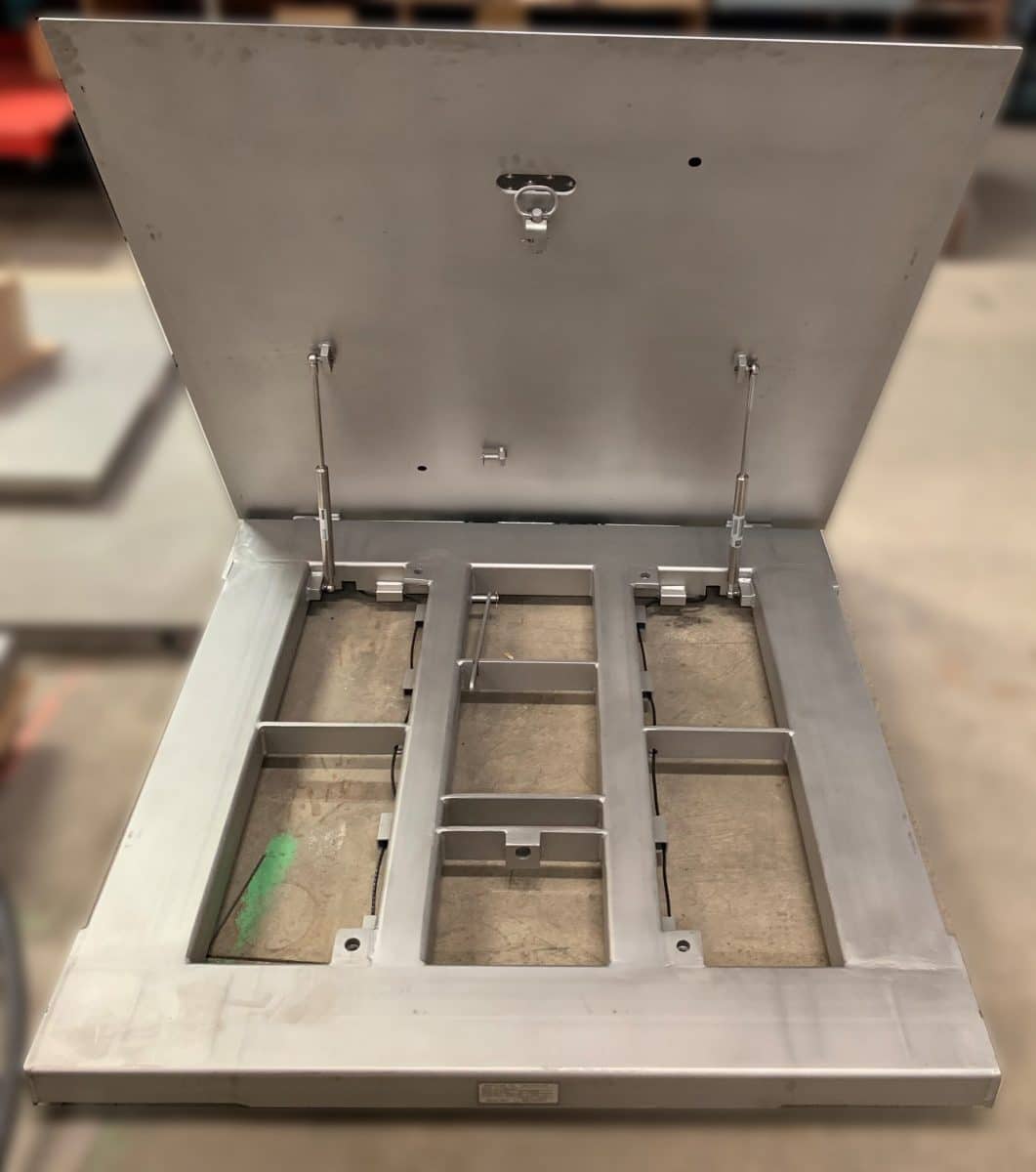
2. Set safety rods and pins
The technician should then set the safety rods. He should also check the pins on the shocks and safety latches before and after pressure washing to make sure the pins on the shocks are still there and the shocks are not leaking.
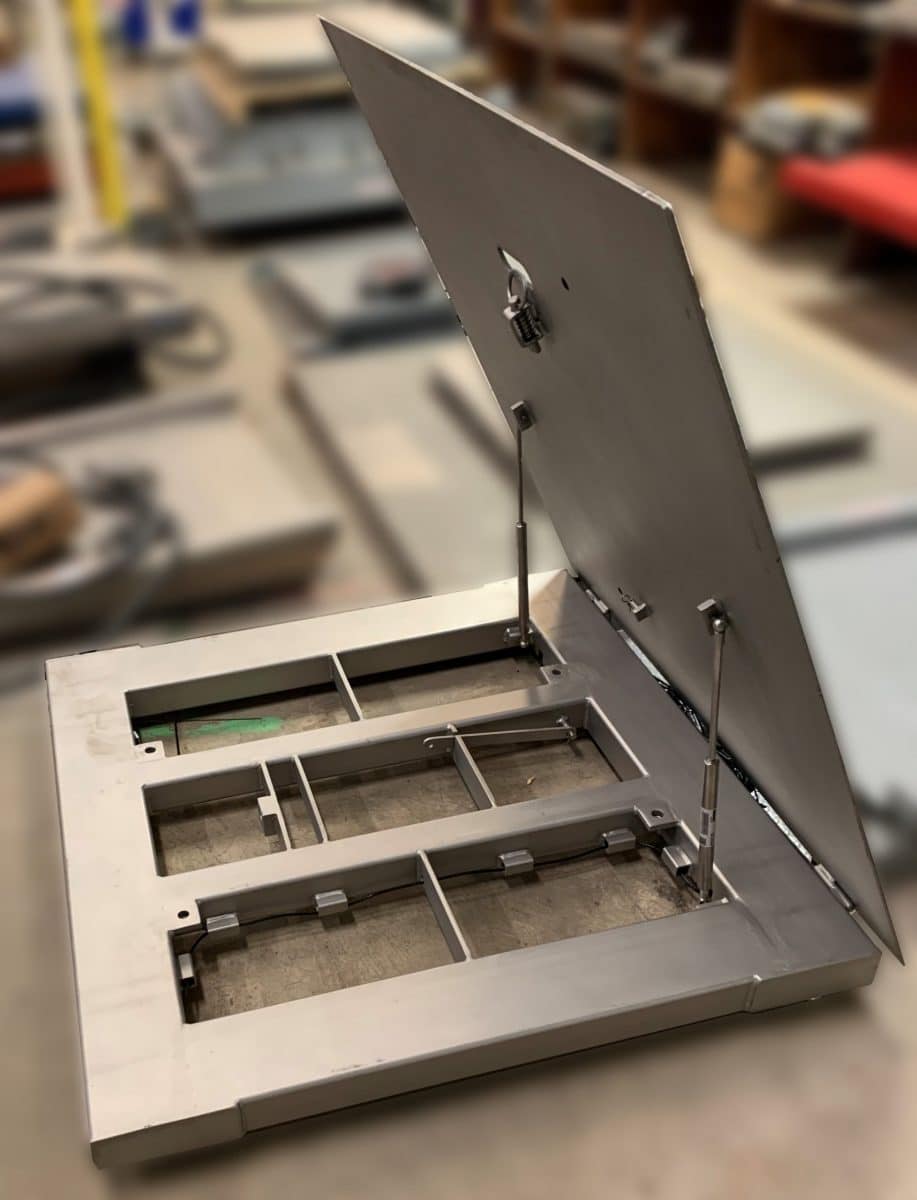
3. Pressure wash the scale and pit
Once everything is in working order, the technician can begin pressure washing. The technician can now pressure wash the scale without lifting it out of the pit or going underneath the scale.
Reuest a Quote on a Lift Deck Washdown Safe Scale Today
Are you interested in purchasing a lift deck washdown safe scale to improve your own washdown process? Our product specialists can help you find the right scale for your environment. Request a quote now, or visit our Contact Us page to find your nearest Michelli location & find contact information.

